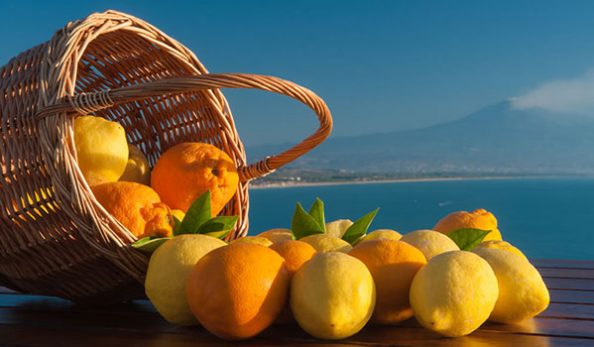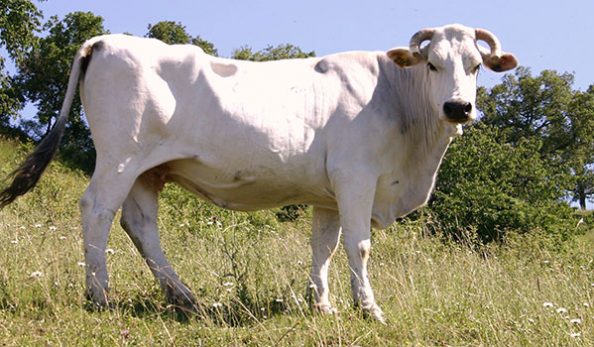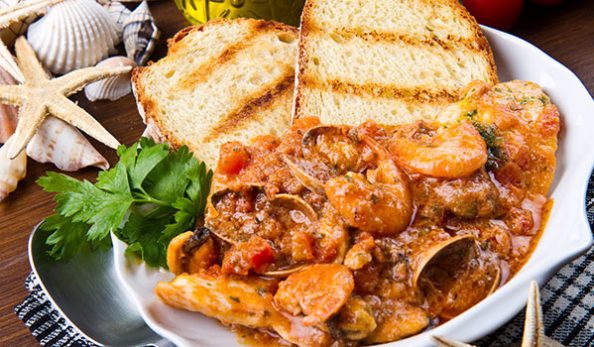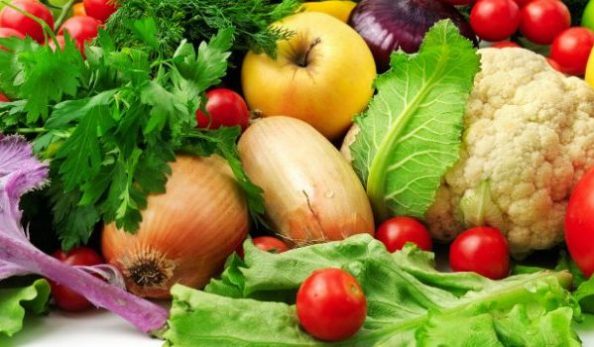Sicilian Cooking, Centuries of History
The Carthaginians, Greeks, Romans, Byzantines, Normans, Swedes, French and Spanish have all played a part in the history of Sicily, giving this area of Italy a continuous succession of armies, populations, dominations, enforcements, new rules and new traditions. It is for this reason that the question of ‘typical’ Sicilian cuisine is a complex one. The evolution of cooking traditions over the span of the centuries has been gradually ‘contaminated’ by the various populations and food products.







